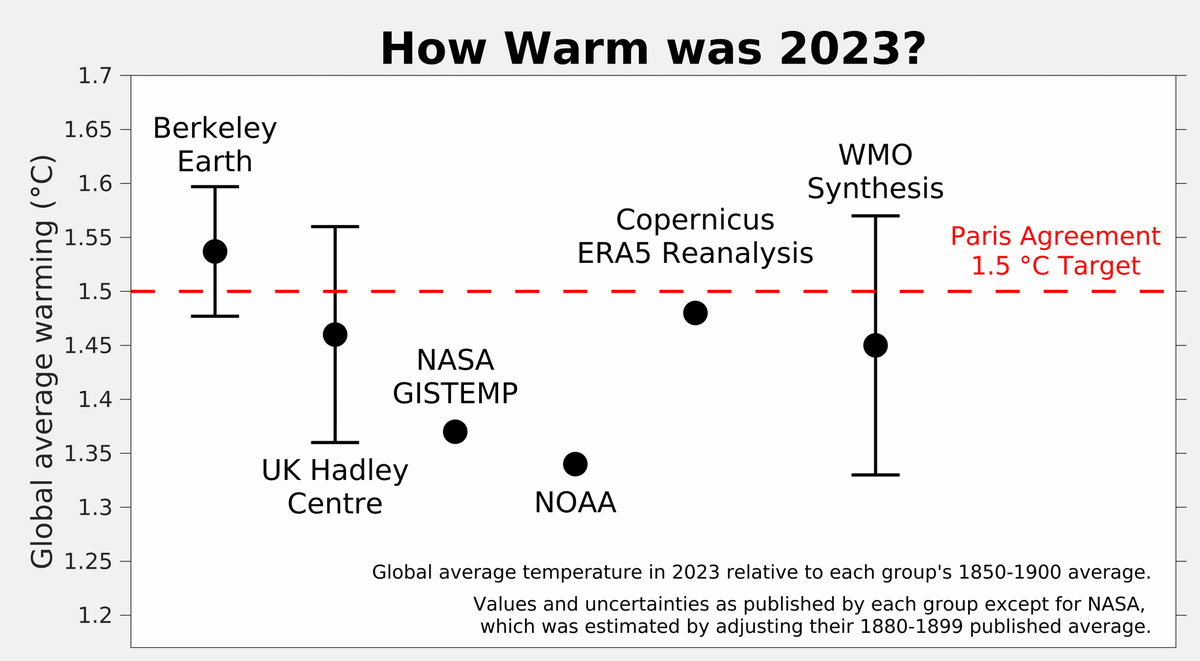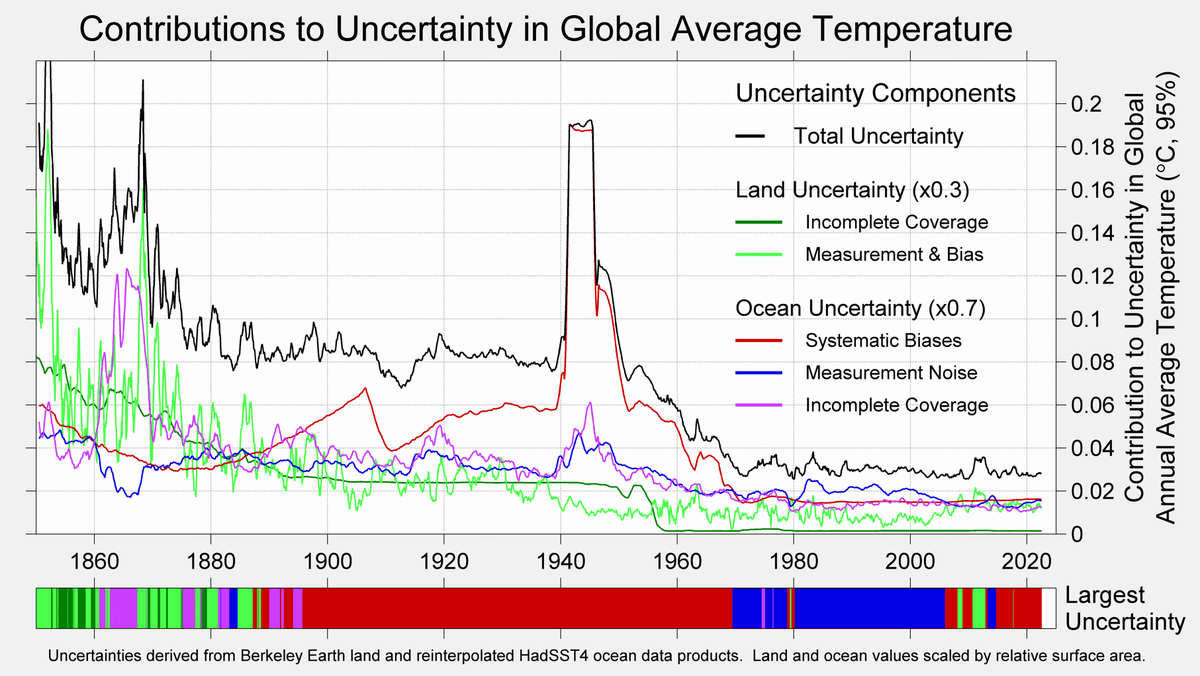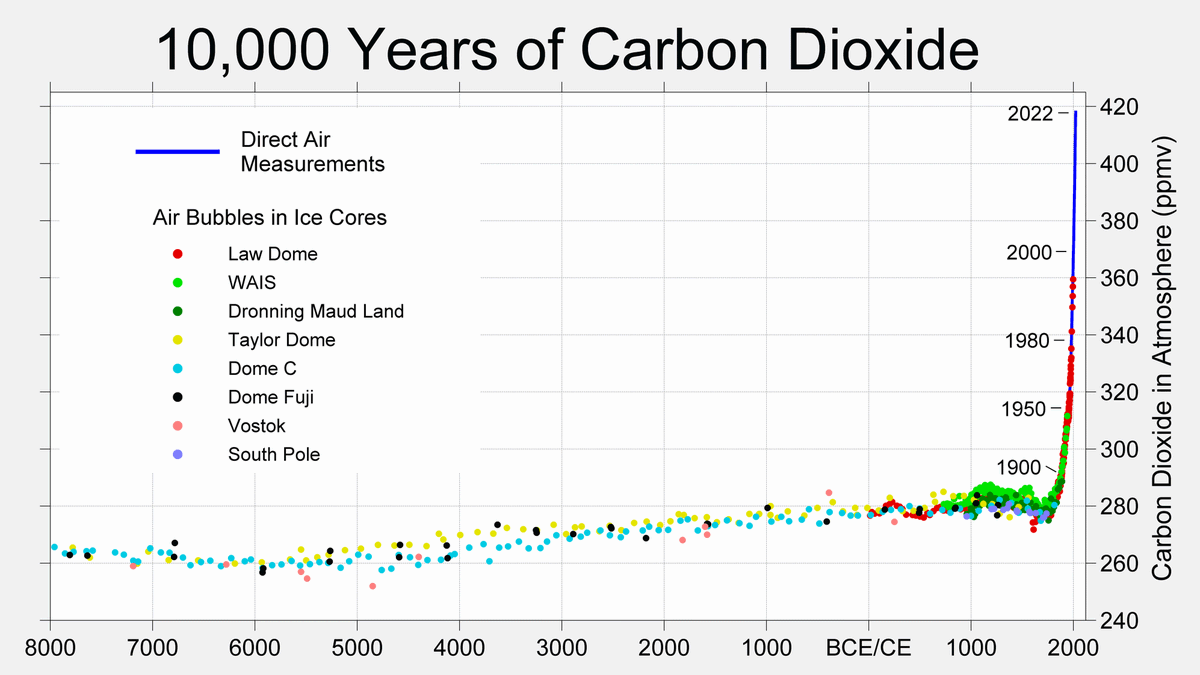
Chief Scientist @BerkeleyEarth. Physics PhD & data nerd. Usually focused on climate change, fossil fuels, & air quality issues.
10 subscribers
How to get URL link on X (Twitter) App


 This change is more noticeable if one focuses on just electricity (rather than all forms of energy), as the rise of solar and wind electricity have been grabbing market share at a rapid pace.
This change is more noticeable if one focuses on just electricity (rather than all forms of energy), as the rise of solar and wind electricity have been grabbing market share at a rapid pace. 

 Notably, when Grok rewrites a page, it will heavily change the sourcing.
Notably, when Grok rewrites a page, it will heavily change the sourcing.
 Nearly the entire Northern Pacific is experiencing a strong marine heat wave, with record warmth in Japan and abnormally warm waters stretching all the way to the North American coastline.
Nearly the entire Northern Pacific is experiencing a strong marine heat wave, with record warmth in Japan and abnormally warm waters stretching all the way to the North American coastline.

 After the initial plume settled at ~25 km altitude, the water vapor has mostly migrated to higher levels.
After the initial plume settled at ~25 km altitude, the water vapor has mostly migrated to higher levels.



 Under the Paris Agreement on Climate Change countries agreed to "pursue efforts to limit the temperature increase to 1.5°C above pre-industrial levels".
Under the Paris Agreement on Climate Change countries agreed to "pursue efforts to limit the temperature increase to 1.5°C above pre-industrial levels".
 Water is much more abundant in the lower atmosphere but has difficulty crossing the tropopause (12-20 km) due to the very low temperatures.
Water is much more abundant in the lower atmosphere but has difficulty crossing the tropopause (12-20 km) due to the very low temperatures.


 Others have said that this measurement is also a new European record for the month of April.
Others have said that this measurement is also a new European record for the month of April.
https://twitter.com/JMShumway/status/1642012724979986432Amended legal complaint: reason.com/wp-content/upl…



 When we talk about temperature uncertainties, we are talking about the little error bars added to charts like this, based on a scientific assessment of the "known unknowns".
When we talk about temperature uncertainties, we are talking about the little error bars added to charts like this, based on a scientific assessment of the "known unknowns".

 First, a quick caveat.
First, a quick caveat.
 Why has carbon dioxide increased 50%?
Why has carbon dioxide increased 50%?https://twitter.com/RARohde/status/1131224330241806337

https://twitter.com/moebio/status/1533840079994634243
